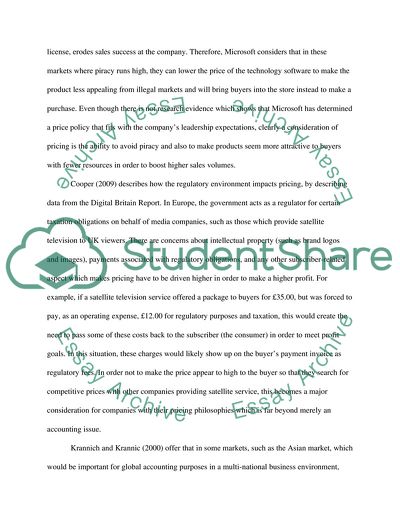Cite this document
(“The Considerations of Pricing Strategies in Multiple Industries Essay”, n.d.)
Retrieved from https://studentshare.org/marketing/1556548-management-accounting-essay-pricing-is-not-just-an-accounting-issue-examine-how-organisations-determine-their-prices-by-analysing-the-academic-literature-and-providing-example-from-real-companies
Retrieved from https://studentshare.org/marketing/1556548-management-accounting-essay-pricing-is-not-just-an-accounting-issue-examine-how-organisations-determine-their-prices-by-analysing-the-academic-literature-and-providing-example-from-real-companies
(The Considerations of Pricing Strategies in Multiple Industries Essay)
https://studentshare.org/marketing/1556548-management-accounting-essay-pricing-is-not-just-an-accounting-issue-examine-how-organisations-determine-their-prices-by-analysing-the-academic-literature-and-providing-example-from-real-companies.
https://studentshare.org/marketing/1556548-management-accounting-essay-pricing-is-not-just-an-accounting-issue-examine-how-organisations-determine-their-prices-by-analysing-the-academic-literature-and-providing-example-from-real-companies.
“The Considerations of Pricing Strategies in Multiple Industries Essay”, n.d. https://studentshare.org/marketing/1556548-management-accounting-essay-pricing-is-not-just-an-accounting-issue-examine-how-organisations-determine-their-prices-by-analysing-the-academic-literature-and-providing-example-from-real-companies.


